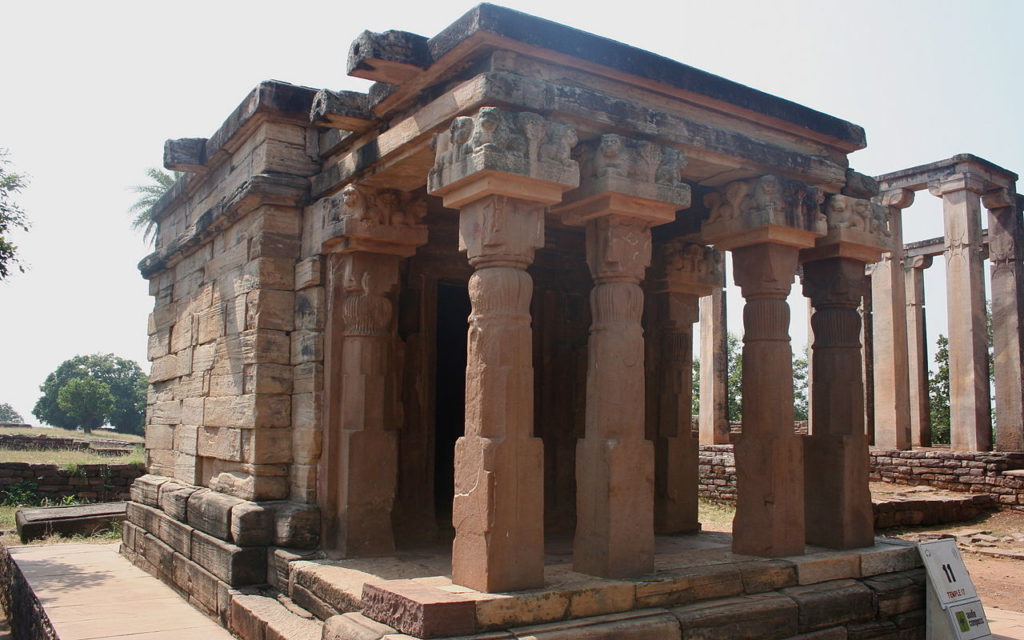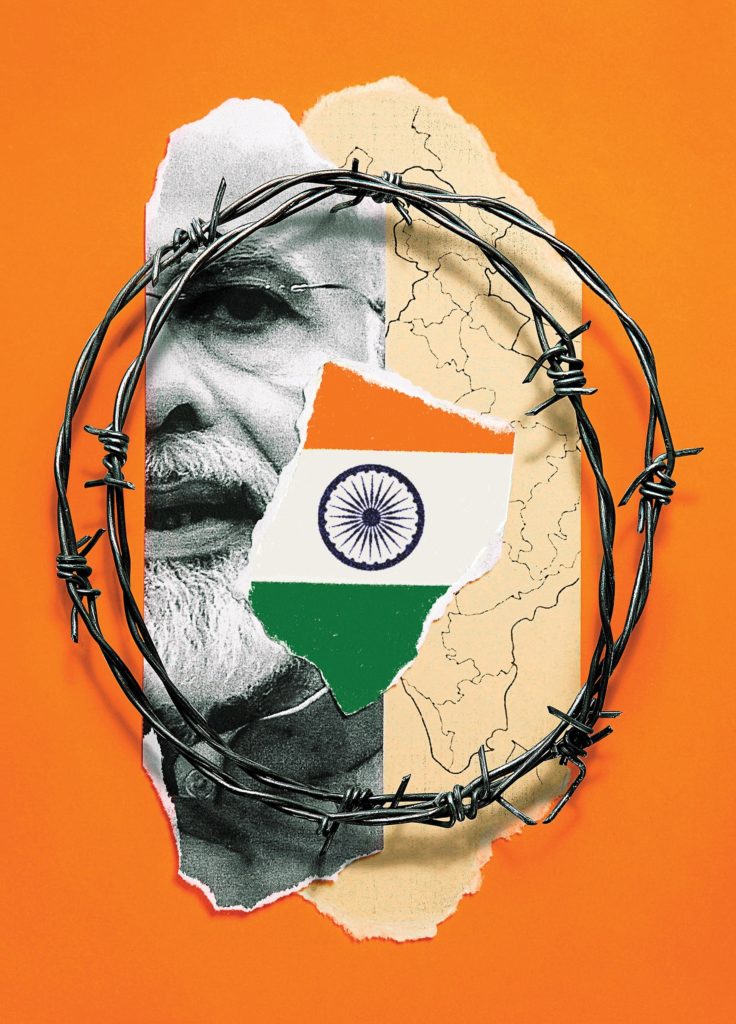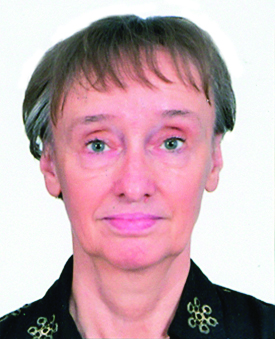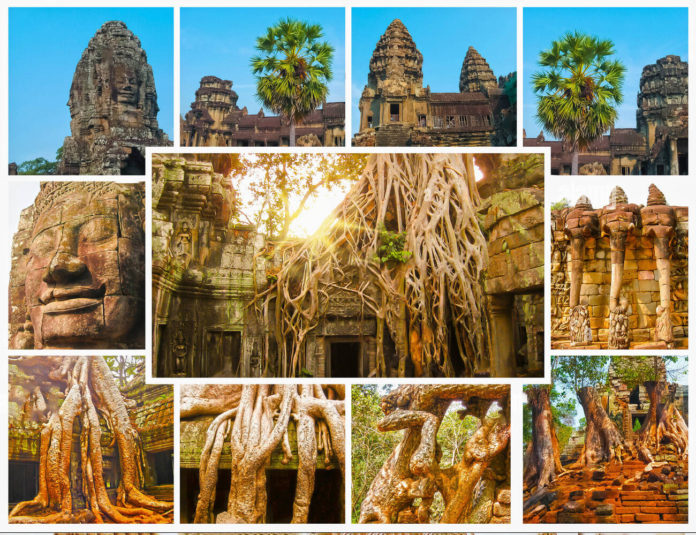Hinduism covers a wide variety of related religious traditions native to the Indian subcontinent. There is a certain influence of Hindu civilization in places where Hindus have settled over the centuries in a sizeable number like for instance in Southeast Asia. There is a scholarly dispute about the origins of Hindu civilization. Mainly western historians, archeologists and linguists hold that the basic tenets of modern Hinduism, i.e. the Vedas and an ancient form of caste system have been brought into the subcontinent by nomadic tribes entering from the steppes of Asia. Entering from the northwest, these incoming tribes of Aryan decent over the centuries and millennia have spread over the subcontinent in a north-to-south direction a process that is called Sanskritization. It means that the main Vedic traditions including the predominance of Brahmins have overtaken the original, indigenous tradition of the subcontinental people. While basic tenets of the varna system are the backbone of Hinduism, there is not much in common otherwise between Hindus in different regions of the subcontinent. The occupational castes (jatis) as well as the gods and goddesses, the rituals and texts used in them are different from each other and have strong local streaks. As a matter of fact, the idea and the very name of “Hinduism” was as many scholars have put forward constructed, invented, or imagined by British scholars and colonial administrators in the nineteenth century and did not exist, in any meaningful sense, before this date. This view is supported by the fact of British census introduced into India that founded the category of “Hindu” in the second half of the 19th c. Electoral policy and the idea of minority and majority led Indian politicians in the 20th c. even to include untouchables into the category of “Hindu”.
This view of an introduction of Hinduism into the subcontinent from outside India has been rejected vehemently by Hindu nationalists and related scholars who insisted that Hinduism other than Islam and Christianity- is indigenous to India and not an introduction from outside. In their attempt to prove this they state that the history of Hinduism overlaps or coincides with the development of religion in the Indian subcontinent since the Iron Age, with some of its traditions tracing back to prehistoric religions such as those of the Bronze Age Indus Valley Civilization. As a matter of fact, there isn’t much known about the religious ideas of the people that lived in that early age, but it is improbable to say the least that they included the roots of a caste system as contained in the Vedas. By tracing Hinduism to that early age, the modern proponents of Hinduism make it the “oldest religion” in the world. Scholars regard Hinduism as a synthesis of various Indian cultures and traditions, with diverse roots and no single founder. What is called Hinduism emerged after the Vedic period, between ca. 500–200 BC and ca. 300 AD, the early classical period of Hinduism, when the epics like Ramayana and the first Purānas (religious texts composed in Sanskrit, orally narrated for centuries before being written down from the 2nd century AD onwards) were composed. It flourished in the medieval period, with the decline of Buddhism in India. The decline of the Vedic period was overcome by incorporating the non-Vedic Indo-Aryan religious heritage of the eastern Ganges plain and local religious traditions, giving rise to contemporary Hinduism including Buddhist influences and the emerging bhakti tradition. This synthesis emerged under the pressure of the success of Buddhism and Jainism.

The ”Golden Age” of Hinduism an idea formulated also in the 19th c. during which time Hinduism allegedly reached its highest level came during the Gupta rule (320-650 AD); the time right before Islam made its appearance. Orthodox Brahman culture began to be rejuvenated by the patronage of the Gupta Dynasty. The first Hindu temples dedicated to the gods of the Hindu deities, emerged during the late Gupta age. During the Gupta reign the first Puranas were written, which were used to disseminate mainstream religious ideology amongst pre-literate and tribal groups undergoing acculturation. The Guptas patronised the newly emerging Puranic religion, seeking legitimacy for their dynasty. After the end of the Gupta Empire and the collapse of the rule of Harsha (590–647 AD), however, power became decentralised in India. Several larger kingdoms emerged, with countless vasal states. Nevertheless, while the “Golden Age” certainly brought a high level of literary and philosophical scriptures, the life of the population remained rather untouched by these developments and localized religious practice was common. There seems to be no written proof for an idea of a unified religion named Hinduism, a Hindu community or an understanding among people about themselves of being “Hindus” to have existed. Rather, if asked, they would have identified themselves by their jati name or by the religious cult they belonged to both strongly regionalized and different in different corners of the subcontinent.
It seems logical to connect the idea of Hinduism as an umbrella name for all the different cults and castes to the British eagerness to categorize and label the maddening variety of cults and cultures that they had set out to conquer and rule. With the onset of the British Raj, the colonization of India by the British, there also started a Hindu Renaissance in the 19th century, which profoundly changed the understanding of Hinduism in both India and the west. Indology as an academic discipline of studying Indian culture from a European perspective was established in the 19th century, led by scholars such as Max Müller. They brought Vedic, Puranic and Tantric literature and philosophy to Europe and the United States. Western orientalist searched for the “essence” of the Indian religions, discerning this in the Vedas, and meanwhile creating the notion of “Hinduism” as a unified body of religious praxis and the popular picture of ‘mystical India’. This idea of a Vedic essence was taken over by Hindu reform movements as the Brahmo Samaj. This “Hindu modernism”, with proponents like Vivekananda, Aurobindo and Radhakrishnan, became central in the popular understanding of Hinduism.

In the 20th century, Hinduism also gained prominence as a political force and a source for national identity in India. With origins traced back to the establishment of the Hindu Mahasabha in the 1910s, the movement grew with the formulation and development of the Hindutva ideology in the following decades; the establishment of Rashtriya Swayamsevak Sangh (RSS) in 1925; and the entry, and later success, of RSS offshoots Jana Sangha and Bharatiya Janata Party (BJP) in electoral politics in post-independence India. With the introduction of the idea of nationalism and nation state into the subcontinent by the British, Hindu religiosity started playing an important role in the developing of a nationalist movement in India. Hindutva (transl. Hinduness) is the predominant form of Hindu nationalism in India today. As a political ideology, the term Hindutva was articulated by Vinayak Damodar Savarkar in 1923. It is championed by the Hindu Nationalist volunteer organisation Rashtriya Swayamsevak Sangh (RSS), the Vishva Hindu Parishad (VHP), the Bharatiya Janata Party (BJP) and other organisations, collectively called the Sangh Parivar. The term Hindutva is used by Savarkar to outline an ideology that implies “the idea of a universal and essential Hindu identity” of all people born and living in India and where the phrase “Hindu identity” is broadly interpreted and distinguished from “ways of life and values of others”. Hindutva as outlined by him is an effort at identity-building through the “stigmatisation and emulation of threatening others”. In particular, it was pan-Islamism assumed made the Hindus vulnerable. The modern form of Hindu civilization this presents itself as utterly uncivilized with Muslims and Christians made second-class citizens, pogroms like the one in Gujarat state-supported and state-induced.
Contributed by:

former Professor of South Asian Studies, Humboldt University, Berlin, Editor of the Defence Journal and a Consultant to the Pathfinder Group).





